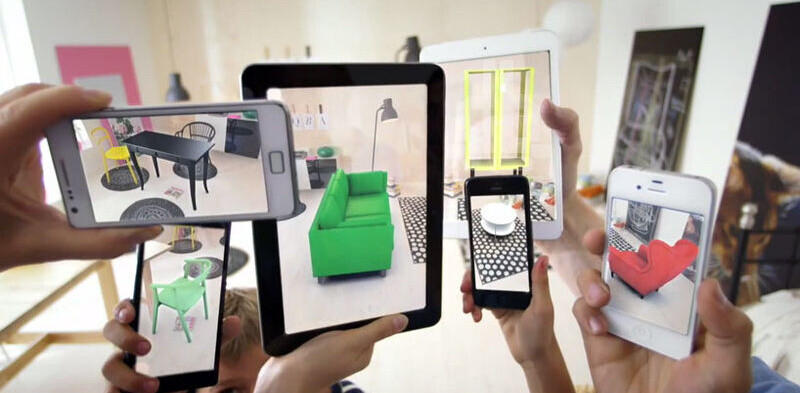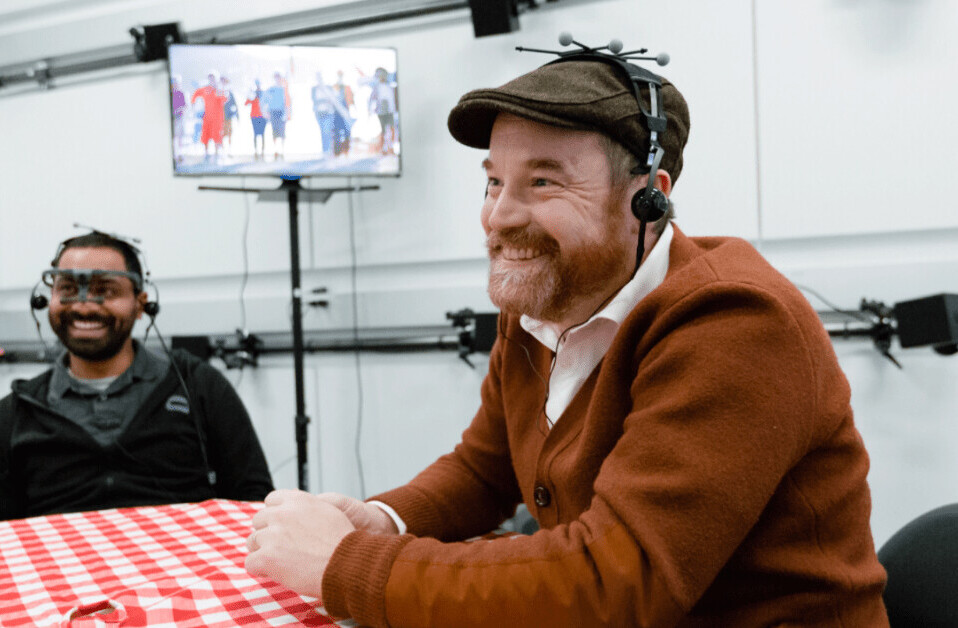
This is a guest post written by Antonella Stellacci. Atonella is a mobile industry veteran with 10+ years of experience in the marketing of mobile value-added services in key European and North-American markets. As one of the founders of DADA in the US, she spearheaded all the strategic and tactical marketing for the company resulting in $50M in revenue in under 2 years.
Antonella is now a free-lance consultant for various mobile start-ups. Feel free to follow her on Twitter.
 Mobile services without location are similar to a car without the engine. You end-up with web-like clones: dating, games, news, etc. No offense to any of the players in the space. But it just tastes as a surrogate. Not surprisingly eMarketer labels m-commerce as a business in its infancy.
Mobile services without location are similar to a car without the engine. You end-up with web-like clones: dating, games, news, etc. No offense to any of the players in the space. But it just tastes as a surrogate. Not surprisingly eMarketer labels m-commerce as a business in its infancy.
Unlocking the potential of location-based services means cracking the nut of mobile as a revenue machine. Like AdSense, it’s a mixing of what’s potentially useful for a consumer with a way to make money for advertisers.
Technological and privacy limitations have hindered the development of location –based services for the past 10 years. The “We’re not there yet!” phrase has indeed become industry cliché.
But things have been changing and a few interesting trends have emerged in the last few months.
What didn’t work
Pure location-based social networks: Brightkite, Google Latitude and Loopt. Turns out that just sharing your location with strangers or Gmail contacts is intriguing only for a small audience.
What could have worked
Dodgeball, but it was too early for its time.
What looks promising
Proximity marketing with a twist of engagement.
One bright execution is Foursquare that has been taking the early adopters’ sphere by storm, after its SXSW debut. Suddenly it doesn’t seem egotistical to broadcast your activities because it’s now part of a game.
Foursquare, founded by the very same men behind Dodgeball, Dennis Crowley and Naveen Selvadurai, pairs location based services with social game play. The game rewards you with points and badges for checking in at bars and restaurants, and lets you compete with friends. If any of your friends check in, you get the alert through a push notification: a compelling (read “irresistible”) reminder that you should check in as well, which generates a ripple effect and keeps fueling the addiction to the game.
The most coveted title is that of mayor of a venue, which happens when you visit a place more than anyone else in the past 60 days.
In less than 6 months, FourSquare has succeeded where others failed: being a local directory that combines mobile, location-awareness, and the ability to sort data by distance and social relevance. Users get addicted and retailers have new engaging ways to attract them. So far the involvement of retailers has been spontaneous and user-initiated: bars and restaurants have started creating special promos for mayors and foursquare pros. Destination Bar in New York’s East Village and Marsh Cafe in San Francisco offer free drinks to the “mayor,” and Southside Coffee in Brooklyn listed the “mayor” on a chalkboard outside.

Credits to Amit Gupta
Unlike Yelp, FourSquare has the advantage of offering retailers the ability to track the exact foot traffic driven by FourSquare, whereas the review site only measures a small percentage of it (the elite of the reviewers).
Most of the FourSquare users are on the iPhone. But, as of yesterday there is also an Android app and more are in the pipeline.
It’s no surprise that blogs such as Mashable have called Foursquare “The Next Twitter” and TechCrunch believes in Foursquare’s “ Business Potential of Location-Based Services.”
Being able to connect web advertising, recommendations, and social media buzz to an actual person walking into your store has long been the holy grail of the advertising world. The main challenge that FourSquare faces now is how to scale its business and start offering venues and retailers flexible tools to promote themselves and track the success of their initiatives.
What else is next?
1) The “Social Location” Era
The cat is finally out of the bag: Facebook wants to win the mobile advertising dollars. Yesterday it announced its partnership with Nokia to introduce lifecasting with Ovi, enabling users to publish their location and status updates directly to their Facebook account from the homescreen of their mobile device.
See the opportunity for advertisers to revamp their Facebook Fan Pages with something far more lucrative ? Facebook knows better and today it made another major step by announcing the availability of its Facebook Connect API for the mobile-web.
2) Local Deal Finders
Here’s a nice example of what’s coming. Mastercard ‘Priceless Picks‘ , a dynamic, social app which uses your location to show the nearest ‘priceless’ deals that other consumers have pointed out
[youtube]http://www.youtube.com/watch?v=FgUu7CwuEjc[/youtube]
3) Mobile Search with a Twist
The space is a very competitive one with 800-pound gorillas as Google and Nokia and smaller startups like Geodelic, Dopplr and NearbyNow, who claims that iPhone shoppers average 6 to 8 percent conversion to purchase, with most of those purchases going to local stores.
A couple of interesting new entries:
–GetFugu – The debut is scheduled for next week at GigaOM’s Mobilize 09. On that occasion, GetFugu will demo something that on paper looks unique and intriguing from both a end-user and the retailers perspective: a service with four options, “See It,” vision recognition (ARL) “Say It,” voice recognition (VRL) “Find It,” location recognition (GRL)and “Get It,” Hot-Spotting services.
In the words of Rich Jenkins, the Company’s Co-Founder: “With GetFugu, you can take a photo of a logo on your sneaker, or a store window, and it’ll take you wherever the company wants you to go, whether it’s to its website or to a coupon. Or you can access the brand by voice, saying ‘Coca Cola,’ and it’ll take you right there. The third dimension is hotspotting where once you go into one of these brands, you see a pair of Gap jeans you like on the video, you press the screen on the pair of jeans you like and it gives you the ability to buy those jeans, pay for it, select the color and size and 3 days later you have it in your home.”
[youtube]http://www.youtube.com/watch?v=KLq0-Iw595A[/youtube]
In addition you can also earn cash with a GetFugu debit card which rewards loyal customers.
–Aloqa. Yesterday, Aloqa partnered with SkyhookWireless, an early entrant in the space with a proprietary hybrid positioning system that combines the benefits of GPS, Wi-Fi positioning and cell-tower triangulation. The partnership will allow Aloqa to offer a mobile service that proactively notifies users of interesting places, events, and more in and around close proximity.
4) Augmented Reality
As predicted , AR is taking the mobile world by storm. As soon as the new iPhone SDK will be available, expect your augmented reality applications to tell you what you are looking for and where to find it. All nearby restaurants, bars, and cafes will be reviewed and their menus easily available at your fingertips. Detailed sales information for all books, dvds, and videogames will be available.
A sneak peak at what’s coming is now available through the Yelp new iPhone app and on Android phones with Layar.
5) Nokia Point & Find
The platform, in its beta, uses real-time image processing to recognize real-world objects in a Nokia database of virtually tagged items using the phone’s camera, Internet connection, and GPS data. Think of this platform, combined with the new Ovi-Facebook lifecasting possibilities…

via Engadget
6) Twitter?
With its upcoming geo-location API and business analytics, it is definitely a potential disruptor in this scene.
Note: Follow @_Antonella_ for more stuff like this
Get the TNW newsletter
Get the most important tech news in your inbox each week.





